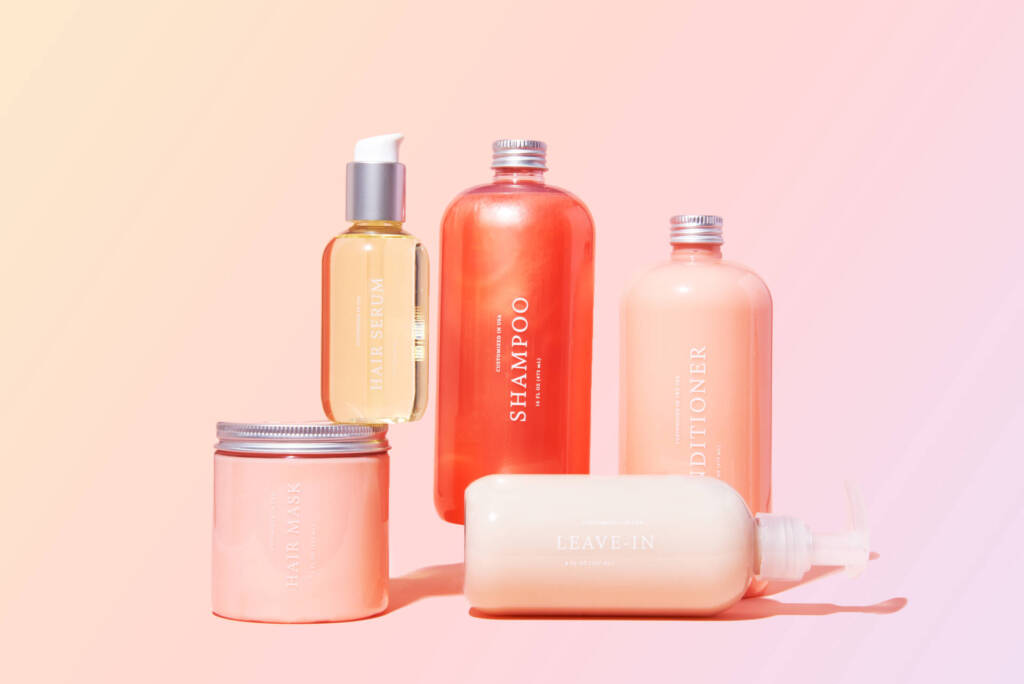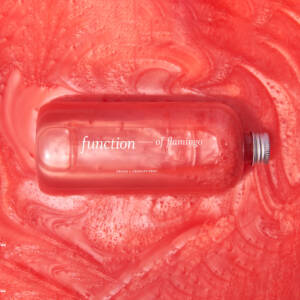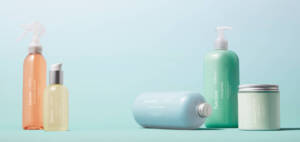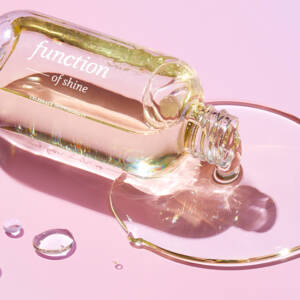Your face is sending out an SOS for more moisture.
Skin care can be a tricky topic for those that aren’t well-versed in the finer points of beauty biology. The way your skin changes as you age, how your natural barrier works, how the heck you figure out what products you should put on your face—there’s a lot to consider. But, there’s one major rule that’s easy for everyone to understand because it’s something we all need, no matter our age, skin tone, or type: hydration.
As Dr. Joshua Zeichner, dermatologist and Director of Cosmetic and Clinical Research at Mount Sinai Hospital, puts it, “Hydration means that your skin has an adequate amount of water for it to function optimally.” When your skin is dehydrated, says Dr. Zeichner, it will look dull, dry, and flaky, as well as feel itchy or tight. Just like your body needs water to stay healthy, so too does your skin.

While drinking the recommended eight or more glasses of water a day is a great start, skin hydration has to come from the outside, too. The outer layer of skin cells, called corneocytes, naturally contain water, but they can lose it to the environment. Keeping the corneocytes hydrated with topical moisturizers and serums will make them plump up, improving the flexibility, suppleness, and overall comfort of your skin. Which is where moisturizing ingredients come in.
When we were formulating our new line of custom skin care products, we knew they had to be the best hydrators, but that they also had to be right for a variety of skin types and be able to work in different types of products, from lightweight serums to luxe creams. After lots of testing, our chemists chose Hyaluronic Acid and Blue Green Algae as our hydrating stars.

Hyaluronic Acid
One of the most well known and scientifically proven hydrators around, Hyaluronic Acid is a molecule that is naturally produced by our bodies. As Dr. Zeichner explains it, “Hyaluronic Acid is a humectant ingredient, which means that it binds to water—think of it like a sponge that pulls in hydration to the outer skin layer.” We use a special type of Hyaluronic Acid created through fermentation, which produces a blend of high, medium, and low molecular weights. Different weights of HA travel to different layers of the skin, from the surface down to the dermis, meaning you are getting hydration at every level. One important thing to note with humectant ingredients like Hyaluronic Acid is that they work best when paired with an occlusive ingredient like an oil to lock in hydration. Humectants draw water into the skin, while occlusives ensure that the moisture stays there and doesn’t evaporate.
Blue Green Algae
What better place to find a top-notch hydrator than underwater? Algae has a high protein content and is rich in the eight essential amino acids that help skin maintain its moisture. The Blue Green Algae we use in our products is sourced from the Klamath Lake in Oregon, which is fed by rainfall from the Cascade mountains that washes in tons of mineral-rich volcanic soil. This creates a very unique, nutrient-rich environment that also gives the Algae antioxidant benefits to protect skin as it maximizes the hydration power of Hyaluronic Acid.
Not sure what type of moisturizer you should be using? We’ve got you covered: Our skin quiz will help you pinpoint the exact formulations and products that will work best for your skin. But, as a general rule, says Dr. Zeichner, your choice in hydrator will depend on your skin type. “If you have dry skin, you may prefer a rich and creamy moisturizer. If you have oily skin, a lighter lotion or gel-based moisturizer might feel more comfortable.” And yes, you oily skin types still need to use moisturizer. While your skin might naturally produce more oil, as Dr. Zeichner notes, skin hydration levels can be affected by your environment. If you are in a drier climate, your natural oil production will drop along with your skin’s oil production. Using a moisturizer regularly will ensure your skin stays balanced, which is the key to a happy, healthy complexion.





